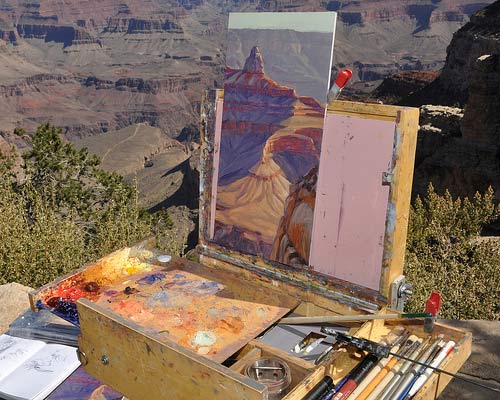Have you ever been strolling through the park and suddenly been hit by with a sense of clarity or the solution to a problem you didn’t even know you were thinking about? Or said to yourself, “I need some fresh air,” just as you were on the verge of throwing in the towel on a difficult task?
Yesterday, we shared a video with you about how trees help create a sense of calm and reduce stress. Director of our Urban Forests program Melinda Housholder has also written on the positive effects of urban forests on our health — both mental and physical. Now, a study published earlier this month in PLOS One addresses the effect of time spent in nature on the creative intellect as well.

Past research has shown that exposure to nature helps with attention — an effect known as the Attention Restoration Theory — making outdoor playtime important for development. David Strayer, a cognitive scientist at the University of Utah, wanted to test whether exposure to nature had similar effects on higher-level cognitive tasks, specifically creative problem solving. Based on personal experience, he hypothesized an emphatic “yes” answer to his question and teamed up with outdoor leadership program provider Outward Bound to test his theory. Their tool was the Remote Associates Test — an established test of creative problem solving that will seem familiar to anyone who’s played the game Taboo. (Wilderness adventure and Taboo? I’m starting to wish I’d been a participant in this study!) Half of the 56 participants took the test before heading out into the great outdoors and the other half took it four days into their trip, with the wilds of Alaska, Colorado and Maine as the setting.
Not surprisingly, those who took the test four days into the trip did better, but what may surprise you is just how much better they were able to problem solve: Those four days of immersion in the natural environment increased problem-solving success by 50 percent!
While it’s true that such research could have far-reaching implications for our education system, work structure and other institutions, it also suggests a much more easy-to-enact change: get outside more. You don’t have to be heading out on a three-week trek into the wilderness to take time out from your electronic devices and take a walk outdoors — whether outdoors means the Alaskan wilderness or a nearby city park. The science just keeps piling up: Nature is good for you.
